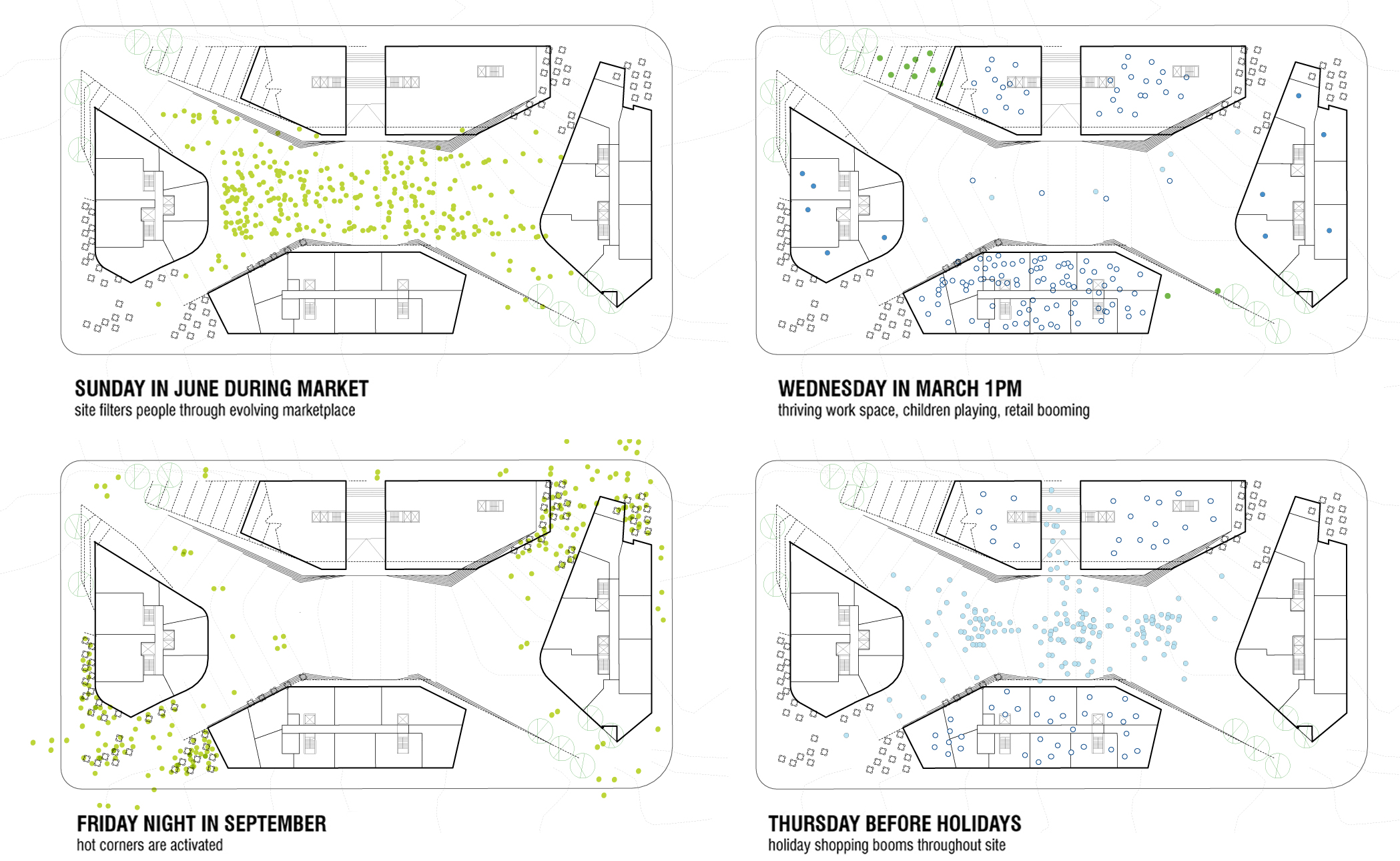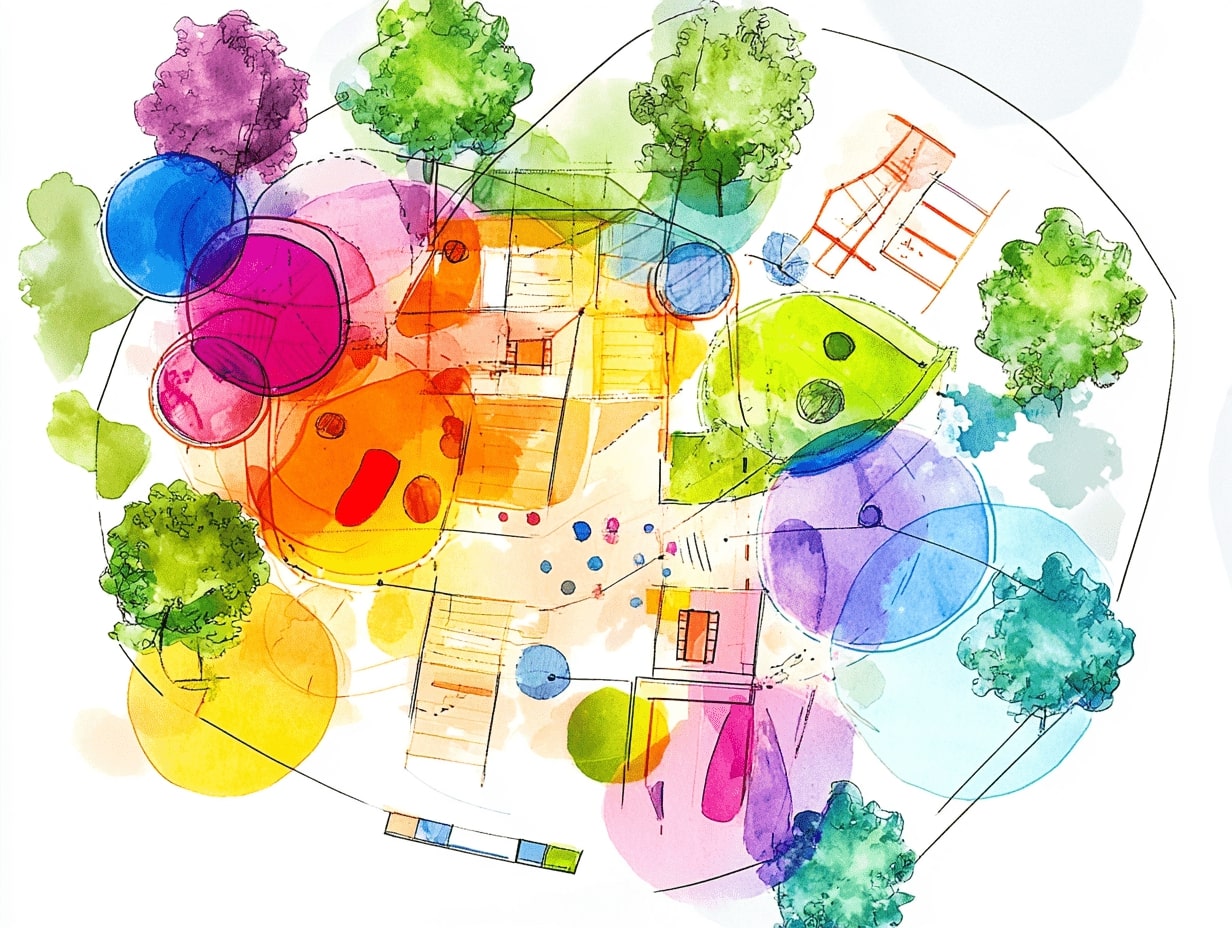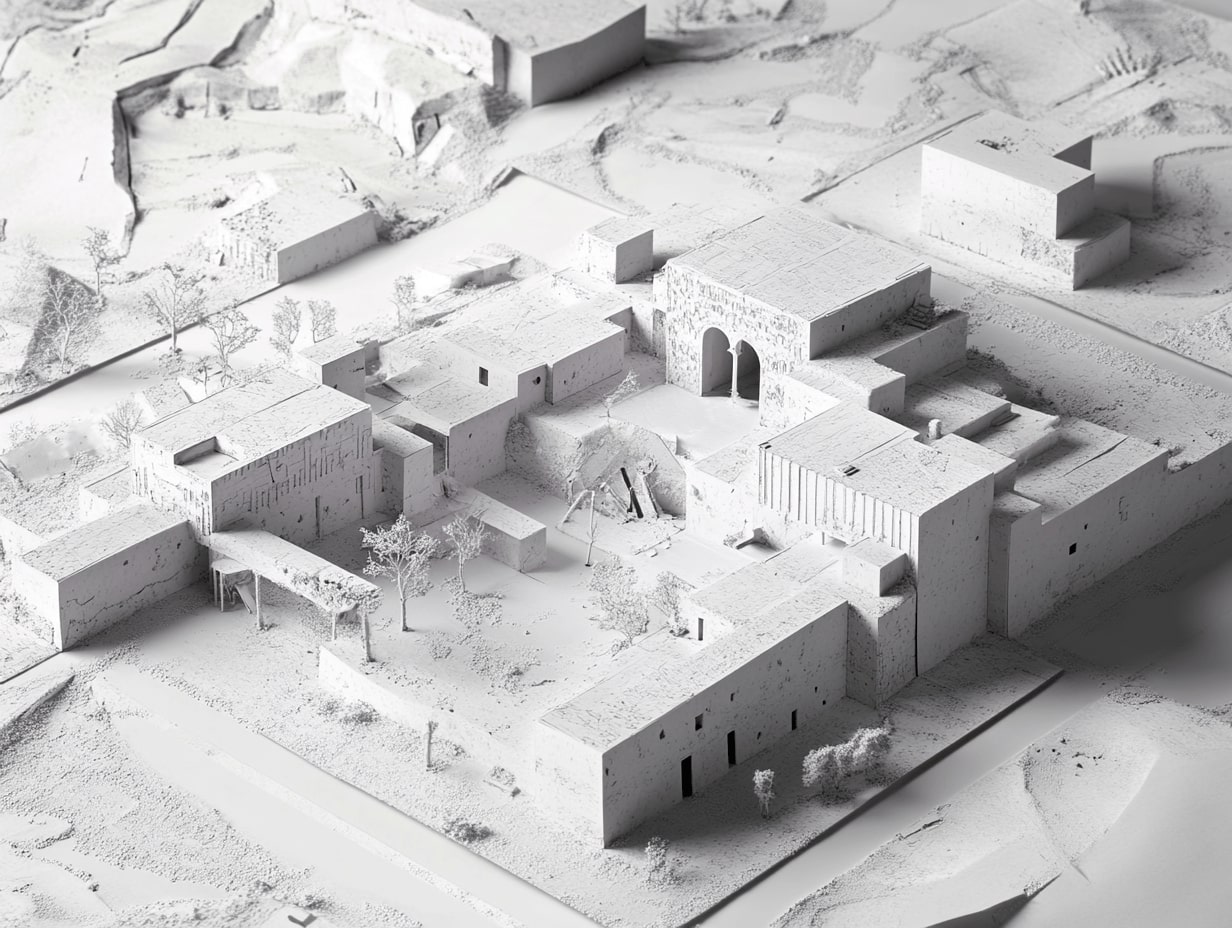- Home
- Articles
- Architectural Portfolio
- Architectral Presentation
- Inspirational Stories
- Architecture News
- Visualization
- BIM Industry
- Facade Design
- Parametric Design
- Career
- Landscape Architecture
- Construction
- Artificial Intelligence
- Sketching
- Design Softwares
- Diagrams
- Writing
- Architectural Tips
- Sustainability
- Courses
- Concept
- Technology
- History & Heritage
- Future of Architecture
- Guides & How-To
- Art & Culture
- Projects
- Interior Design
- Competitions
- Jobs
- Store
- Tools
- More
- Home
- Articles
- Architectural Portfolio
- Architectral Presentation
- Inspirational Stories
- Architecture News
- Visualization
- BIM Industry
- Facade Design
- Parametric Design
- Career
- Landscape Architecture
- Construction
- Artificial Intelligence
- Sketching
- Design Softwares
- Diagrams
- Writing
- Architectural Tips
- Sustainability
- Courses
- Concept
- Technology
- History & Heritage
- Future of Architecture
- Guides & How-To
- Art & Culture
- Projects
- Interior Design
- Competitions
- Jobs
- Store
- Tools
- More
Understanding Architectural Circulation Diagrams: A Guide
In the vast and intricate world of architecture, the art of effectively communicating design concepts is paramount. Among the myriad tools at an architect's disposal, the architectural circulation diagram stands out as a crucial instrument for visualizing the flow within a space.

In the vast and intricate world of architecture, the art of effectively communicating design concepts is paramount. Among the myriad tools at an architect’s disposal, the architectural circulation diagram stands out as a crucial instrument for visualizing the flow within a space. These diagrams are not just drawings; they’re the blueprint of a building’s heartbeat, illustrating how people move through and interact with the spaces they inhabit.
Architectural circulation diagrams serve a dual purpose. They not only provide a clear representation of the physical routes in a building, such as hallways, staircases, and doors, but also shed light on the abstract aspects of movement, like the flow of air, light, and sightlines. This makes them indispensable in the development of projects, ensuring that spaces are not just functional but harmonious with human behavior.
As we dive deeper, we’ll explore the nuances of architectural circulation diagrams, their types, and their pivotal role in shaping the environments we navigate daily. Understanding these diagrams is essential for anyone involved in the creation or appreciation of architectural spaces, offering insights into the complex choreography of daily life within the built environment.

Table of Contents
ToggleUnderstanding Architectural Circulation Diagrams
In diving deeper into architectural circulation diagrams, we aim to demystify how these tools significantly shape the planning and perception of spaces. Our exploration focuses on the core principles behind the creation and interpretation of these diagrams, underscoring their invaluable role in architectural design.
The Role of Circulation in Design
Circulation stands as a pivotal component in architectural design, orchestrating the movement and flow within spaces. It’s not merely about pathways or corridors but a comprehensive system that includes entry points, exits, and transitions between spaces. Architectural circulation diagrams serve as a blueprint, visualizing how spaces connect and the journey occupants take through them, whether they’re moving horizontally across a single level or vertically between floors.
These diagrams encapsulate more than just the physical layout; they weave in the anticipated human experience, highlighting how architectural elements like stairs, ramps, and corridors interplay with human behavior. By mapping out circulation, architects can design more intuitive and accessible spaces, taking into account the diverse needs of all users. Circulation diagrams also spotlight areas that double as public gathering spaces—lobbies, atria, and galleries—thereby enhancing social interaction and community within the architectural fabric.

Key Components of Circulation
Delving into the essential elements of circulation, we uncover two primary dimensions: horizontal and vertical movement. Horizontal circulation covers all ground-level movements within and around a building, including hallways, paths, and open spaces. These are critical in defining the flow of daily life, affected by factors like furniture layout and spatial organization. Vertical circulation, on the other hand, facilitates movement between floors, utilizing stairs, elevators, ramps, and escalators.
Another critical aspect is the delineation between public and private circulation areas. Public circulation zones, like lobbies and atria, are designed to be more accessible and visually appealing, serving multiple functions and facilitating larger crowds. Private circulation, however, is more secluded, strategically placed to ensure privacy and restrict unnecessary traffic, essential in residential and restricted-access buildings.
In essence, architectural circulation diagrams embody the synergy between structure and movement, offering a holistic view of how spaces interact. They play a crucial role in enhancing efficiency and user experience, ensuring that movements within spaces are not only seamless but also enrich the architectural narrative. By meticulously planning and visualizing circulation patterns, architects can craft environments that are not only functional but also meaningful, catering to the dynamics of human behavior and interaction in physical spaces.

Types of Circulation in Architecture
In our exploration of architectural circulation diagrams, we delve deeper into the nuances that define how spaces operate and interact with users. Understanding the types of circulation in architecture not only helps in planning more effective spaces but also in creating environments that respond to human behavior and architectural intent. Circulation, as we’ve established, is not merely about moving from point A to B; it’s an elaborate dance of directional flow, spatial organization, and functional considerations.

Directional Flow and Spatial Organization
In the realm of architecture, the directional flow and spatial organization are fundamental in guiding the movement of people through spaces. This encompasses both horizontal and vertical movement, tailored to the building’s layout and its intended use. Horizontal circulation refers to the movement on a single floor, navigating through hallways, paths, and common areas. This is where strategic placement of elements like furniture, columns, and even green spaces can influence the flow, dictating a path that enhances the experience of the space or leads occupants to specific areas.
Vertical circulation, on the other hand, focuses on connecting different levels of a structure. This includes stairs, ramps, elevators, and escalators, each chosen for their ability to meet the needs of the space, whether it’s the swift movement between floors in a high-rise or accessible routes in a public building. Both types of circulation consider the user’s journey, emphasizing smooth transitions and intuitive navigation that align with the architectural narrative.

Functional Considerations
Functionality reigns supreme in architectural design, especially when it comes to circulation. Every decision—from the width of a corridor to the placement of an escalator—has profound implications on how a space performs. Functional considerations in circulation diagrams ensure that the flow of movement is efficient, logical, and, most importantly, safe. This covers everything from emergency egress routes to the capacity and speed of elevators in commercial buildings.
Moreover, functionality also involves anticipating the diverse needs of space users, incorporating features that accommodate a wide range of activities. In commercial office buildings, for example, this might mean designing circulation paths that can adapt to evolving workspace layouts or accommodate high volumes of foot traffic during peak hours. In residential buildings, circulation needs to balance privacy with accessibility, creating clear separations between public and private areas.
In wrapping up this section of our article, we’ve seen how the types of circulation in architecture—encompassing directional flow, spatial organization, and functional considerations—play a crucial role in making spaces more user-friendly, efficient, and aligned with architectural goals. By meticulously planning and visualizing these circulation patterns, architects can significantly enhance the quality of the built environment, ensuring that every journey through a space is as intuitive and meaningful as it is functional.

Creating an Architectural Circulation Diagram
Analyzing Site Constraints and Opportunities
When creating an architectural circulation diagram, the first step we take involves a meticulous analysis of the site’s constraints and opportunities. This phase is crucial, as it helps us understand how the geography, existing structures, natural elements, and regulatory restrictions can influence movement patterns. For instance, steep slopes may limit certain types of circulation, while existing pathways can offer natural routes that enhance the flow of movement. Identifying areas of high pedestrian traffic can also guide the placement of entrances and exits, ensuring a seamless flow within the structure. Our objective during this analysis is to pinpoint elements that can be leveraged to improve functionality and user experience, as well as to anticipate potential challenges that may need innovative solutions.

Integrating Circulation with Overall Design Strategy
Integrating circulation with the overall design strategy is about ensuring harmony between how people move through a space and the architectural vision. This integration is pivotal because it affects not just efficiency but also the building’s aesthetic and atmosphere. We approach this by considering circulation early in the design process, ensuring it complements other elements like spatial organization, aesthetics, and functions. For instance, a central atrium can serve as a striking visual element while also facilitating vertical circulation. Similarly, strategically placed hallways can enhance the sequential discovery of spaces, enriching the user’s experience. In essence, our approach aims to make circulation an intrinsic part of the architectural narrative, contributing to the creation of engaging and cohesive environments.
Representing Circulation Techniques
Representing circulation techniques in a diagram involves more than just plotting paths. It’s about visually conveying the flow of movement in a manner that’s both informative and intuitive. We use various symbols and line treatments to indicate different types of circulation paths, such as pedestrian walkways, corridors, and emergency exits. Arrows or gradient lines can depict movement direction and intensity, highlighting main routes versus secondary pathways. For vertical circulation, we differentiate between stairs, elevators, and ramps through distinct icons or color coding, ensuring clear communication of each element’s role. Additionally, integrating signage location and sightlines into our diagrams helps in illustrating how navigation within the space is facilitated. By employing these techniques, we aim to create a comprehensive representation that serves as a valuable tool for both architects and stakeholders, providing insights into the functional underpinnings of the design.

Impact of Circulation on Architectural Design
Improving User Experience through Effective Circulation
We understand that the heart of effective architectural design lies in its ability to offer a seamless user experience. This is where the power of circulation comes into play. By strategically designing circulation paths, architects can significantly enhance how individuals interact with and navigate a space. Effective circulation goes beyond mere movement, encompassing the creation of intuitive pathways that guide users to their destinations effortlessly while ensuring comfort and safety.
In crafting these experiences, considerations extend to the layout of corridors, placement of stairs and elevators, and the flow from one area to another. Our approach focuses on minimizing confusion and congestion, which are common in poorly designed spaces. For instance, in educational buildings, we prioritize direct access to classrooms and facilities, whereas in commercial settings, we might design circulation to maximize exposure to retail outlets or exhibits, enhancing visibility and interaction.
Moreover, effective circulation contributes to the emotional and physical well-being of the users. Natural light, views, and ventilation, integral to circulation design, play a crucial role in creating inviting and energizing environments. These elements, combined with unobstructed paths and thoughtful spatial arrangements, contribute to a sense of well-being and productivity among users.

Circulation and Building Codes: Compliance and Innovation
Compliance with building codes is a non-negotiable aspect of architectural design, including circulation. These codes ensure safety, accessibility, and efficiency, setting minimum standards for paths of egress, width of corridors, and configuration of stairs and ramps among others. Our expertise allows us to not only meet these essential requirements but also to leverage them as a foundation for innovation in circulation design.
We view building codes not as constraints but as opportunities to rethink how spaces connect and function. By integrating requirements with creative solutions, we mold spaces that exceed mere compliance, enriching user experience and safety. For example, accessibility standards guide us in creating inclusive designs that cater to all users, including those with mobility challenges. Incorporating features such as wide corridors, gentle ramps, and tactile guidance not only adheres to codes but also promotes a universal design mindset, making buildings more navigable and comfortable for everyone.

Additionally, we embrace the challenge of blending safety with aesthetics. Fire exits and emergency egress paths, when thoughtfully integrated into the design, can complement the architectural narrative of a space rather than detracting from it. Our innovative approaches ensure that safety features are seamlessly woven into the fabric of the design, maintaining both the integrity of the aesthetic vision and the paramount importance of building users’ safety.
Our architectural designs are informed by a deep understanding of circulation’s impact, guided by the dual principles of enhancing user experience and ingeniously meeting building code requirements. Through this lens, we create spaces that are not only compliant and safe but also intuitively navigable, comfortable, and aesthetically pleasing.

Circulation Diagrams in Different Stages of Design
When we delve into architectural circulation, we categorize it into two main types: horizontal and vertical. Each serves a unique purpose in the design of buildings, influencing how individuals move through and interact with spaces.
Horizontal Circulation
Horizontal circulation encompasses the pathways that facilitate movement across a single level of a building. This includes elements such as hallways, atria, corridors, and open spaces. Our focus is not merely on creating passages but on designing transformative experiences that guide users from one area to another. We strategically place furniture and architectural features to define spaces, slow down movement, and create focal points, enhancing the architectural narrative of the space.
Examples of horizontal circulation:
- Hallways that guide users through a series of spaces, telling a story of the building’s function and design.
- Atria that act as central hubs, offering not just a passage but a gathering space that encourages interaction and engagement.

Vertical Circulation
Vertical circulation, on the other hand, addresses the movement between different floors and levels within a building. Staircases, escalators, ramps, and elevators are key components, each chosen based on the building’s specific needs and the desired flow of traffic. Through careful design, vertical circulation elements become more than mere functional necessities; they transform into significant architectural features that contribute to the building’s identity and user experience.
Examples of vertical circulation:
- Staircases designed not just for movement but as architectural statements, providing visual and tactile experiences that enrich the journey between levels.
- Elevators and escalators placed strategically to ensure efficient flow while complementing the building’s aesthetics and functional requirements.
In our approach, we see architectural circulation as an integral part of the design that enhances functionality, safety, and aesthetic appeal. By considering both horizontal and vertical circulation from the onset, we create spaces that facilitate smooth movement, comply with building standards, and elevate the overall experience of the user. Our designs are a testament to how circulation can transform ordinary pathways into extraordinary journeys, making every movement through the building meaningful and engaging.
- Architectural circulation diagrams
- architectural diagram
- Architectural Diagram Concept
- Architectural Diagram Design
- Architectural Diagram Types
- Architectural Diagrams
- architectural diagrams guide
- architectural flow planning
- architectural layout planning
- Architectural Programmatic Diagrams
- architecture circulation guide
- building circulation design
- building flow diagrams
- Circulation Diagram
- circulation path design
- circulation paths in architecture
- circulation strategy in architecture
- designing circulation spaces
- efficient building layouts
- flow chart architecture design
- guide to architectural diagrams
- Movement in Architecture
- people flow in buildings
- space circulation principles
- space planning diagrams
- understanding circulation diagrams
4 Comments
Submit your architectural projects
Follow these steps for submission your project. Submission FormLatest Posts
Top 6 Software Architecture Diagram Secret Tricks Every CS Student Should Know in 2025-26
Read this article to learn simple and effective ways to create software...
Architecture Site Analysis Site Visit: A Guide to Better Design and Sustainability
Discover the importance of architecture site analysis and site visits in creating...
Unlocking Creativity: The Power of Architecture Bubble Diagrams in Design Process
Discover the vital role of bubble diagrams in architecture, enhancing clarity and...
Essential Tips for Evaluating Your Architectural Site Analysis for Successful Projects
Discover the key to successful architectural design with a thorough evaluation of...












this is a very nice piece…
I found this article interesting. It talks about how buildings are designed for people to move around easily. The diagrams sound helpful, but I’m not sure I fully understand them.
I really enjoyed reading this article! It helped me understand how important circulation diagrams are in architecture. They make spaces feel more connected and easier to navigate. I love how architects think about both movement and human experience!
This article explains how architectural circulation diagrams are important for understanding how people move in buildings. It describes the different types of movement, like horizontal and vertical, and why they matter in design. The focus on user experience and safety is also very helpful!